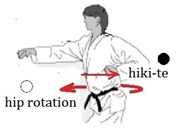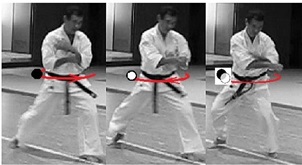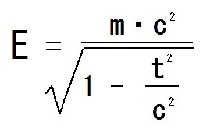|
Next; I use the gyaku-zuki as an example to explain how shime-goshi + hiki-goshi = quantum entanglement. |
|
 |
 |
Soft KarateⅡ |
|
Next; I use the gyaku-zuki as an example to explain how shime-goshi + hiki-goshi = quantum entanglement. |
|
 |
 |
|
Classic bit style |
|
|
【Modern Karate】 |
 |
|
Quantum bit style |
|
|
【Koryu】: With shime-goshi (●) the hip is snapped forward and a constant velocity tsuki is released. At that moment, the hike-goshi (○) starts, and when the thrust hits the target point, (● ○) the two forces overlap. At that same time, jyoge-goshi (gravity ⇔ antigravity) loosens the hips, which return to the natural hangetsu-dachi posture. |
 |
|
Shizumi and Hakama-goshi |
|
*Exploring the Possibilities of Antigravity |
|
|
Create an equation that incorporates the tachyon into this equation. |
|
 |
Condition of antigravity; |
|
【As a result】 E = imaginary number/imaginary number. If tachyons exist in reality, antigravity, the expansion and dilation of space-time, is possible. Therefore, this leads to the possibility that the consciousness in 2. 3. has antigravity properties. |
 |

- Image of shizumi and hakama-goshi ― |
|
Is focusing on the sacrum working? |
Achieve the Jyuho Recently I have: |